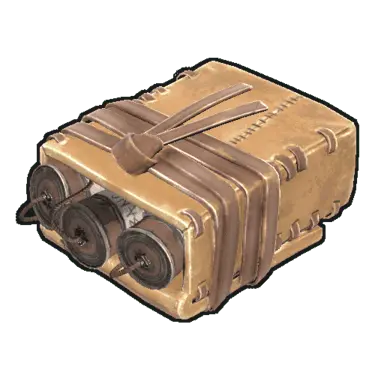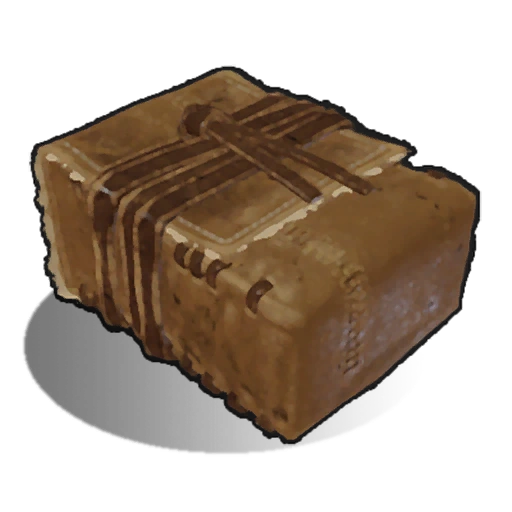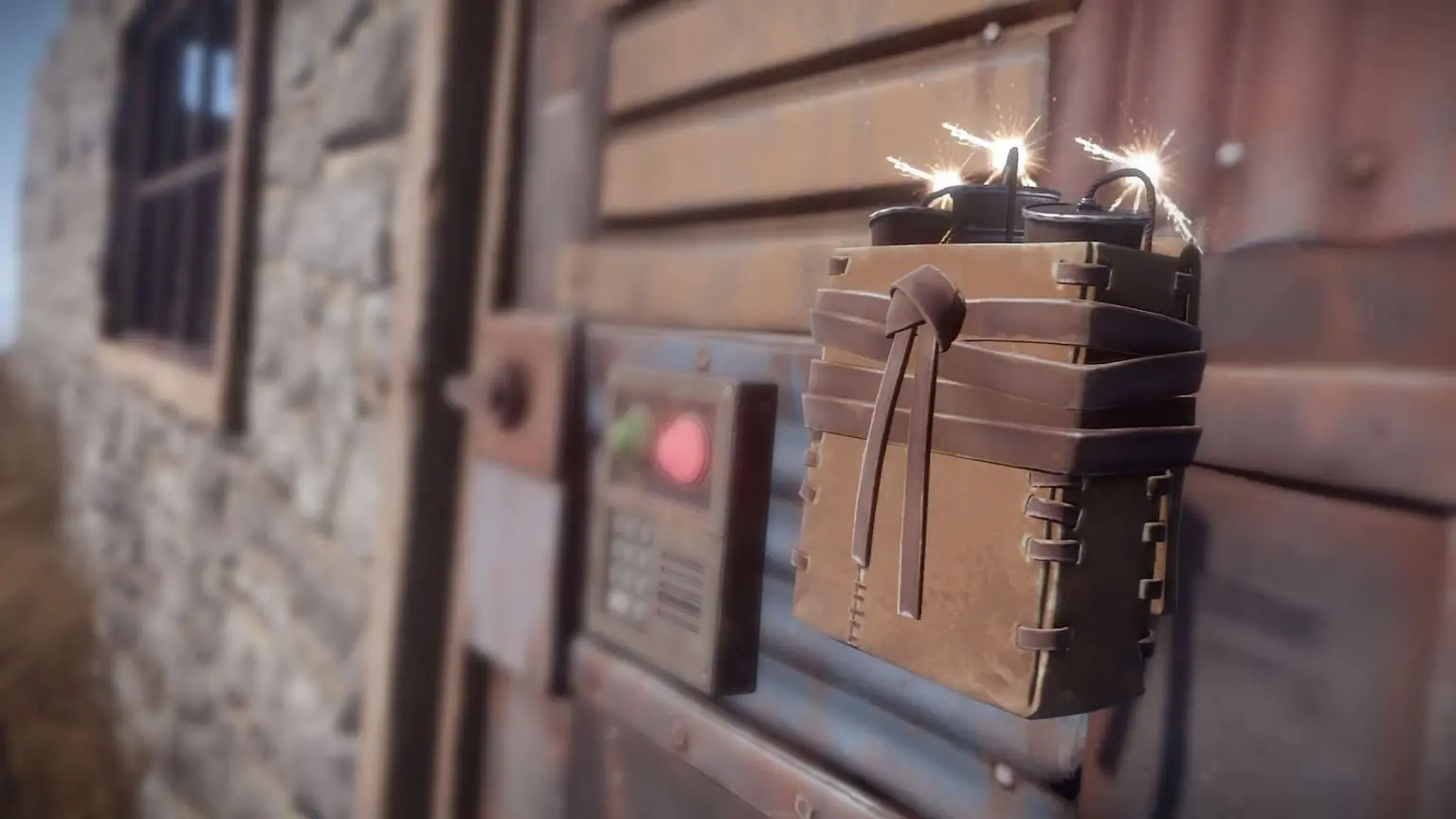If you’ve been playing Rust and are slowly getting over being a freshman, you’re probably starting to look around for ways to bust down someone’s door and get into their loot room. And that’s where satchels – those feisty little explosives that help you raid – come in.
In this post I’ll show you how to make satchels in Rust, what you need for them and how to use them so you don’t blow up in your face
Rust How to Make Satchels
Satchel Charge is a small, homemade explosive charge. It is not as powerful as C4, but easier to make, especially at the beginning of the game. It works well for knocking down wood, metal or other basic security doors.

But beware – satchels are…. capricious. They can:
explode right away
delay
or not explode at all
What you need to make a satchel
Before you can craft, you need to get or unlock the recipe. If you don’t have a blueprint, you have to get it through research (it costs 75 scraps).
And to make one satchel you need:
1 Small Stash

1 Beancan Grenade

4 Rope (Ropes).

More information about Rope here
How to get these things
Small Stash – very inexpensive, you make with 10 fabric.
Beancan Grenade – you need gunpowder (gunpowder) and metal to make.
Rope – most often found in barrels, crates, or at the recycling of various items
How do you put it all together
Once you have all the ingredients, you go into workbench level 1, click “Satchel Charge” and craft.
Usually players do several at once, because one satchel is not enough to blow up something serious.
How many satchels are needed to destroy a wall
| What do you want to smash | Number of satchels |
| Wooden Door | 1 satchel |
| Sheet Metal | 4 satchele |
| Garage Door | 9 satcheli |
| Stone Wall | 10 satcheli |
| Armored Door | 12+ satcheli |
Note: the numbers may vary a bit by RNG (randomness of explosions), as some satchels may not fire or inflict less dmg.
CONCLUSION
If you’re getting serious about raiding in Rust, satchels are your first step into the explosive side of the game. They’re cheap, fairly easy to craft, and effective against basic doors and walls—just be ready for their unpredictable behavior. With a few key materials and a bit of scrap for the blueprint, you’ll be blowing through doors in no time.
